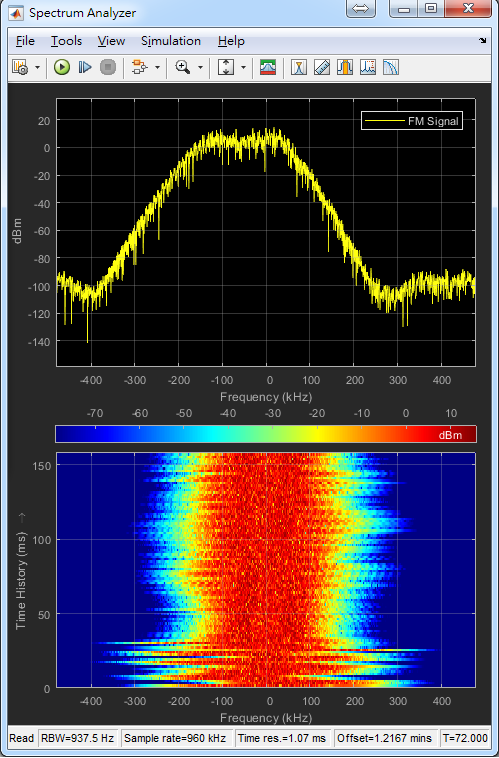

The meter I use is based on the Mark Weiss modulation meter. What? You say? Modulation meters convert received audio signals into a DC voltage indication of modulation, if you input the RSSI spikes into the meter (and readjust its ballistics) you will get a poor man's signal meter. To average out these spikes you can use a very common piece of test equipment on any good technician's bench: a modulation meter.
#Audio filter signal path series#
This makes the RSSI output look like a series of spikes. Unfortunately, this output is only on during the receive portion and off during transmit. On a weakly received signal the voltage output of the RSSI is small and on a strong signal it's large. RSSI stands for relative signal strength indicator and supplies a voltage output that is an indication of the received signal strength. The National LMX2240 Intermediate Frequency Receiver has a certain pin called "RSSI Out". That's useful for when you're hanging from a tower trying to align antennas.Īnother method of testing the received signal strength on a Symphony based wireless network is with a homebrew signal meter. It also has an option for using the 'say' command from the rsynth package to speak the ping millisecond value to you. It's just a wrapper around the ping command to display the millisecond output with an ANSI bar graph. It also includes the perl script, ( screen shot) you can use this as a signal meter to help align the antennas in your network. There is also a version for the 915 MHz WaveLANs. I'm not sure if it's entirely accurate, so use at your own risk. It displays the same information, just with some lame ANSI colors and a bar graph for signal strength. Here is a screen shot of the modified version. Rx invalid nwid:0 invalid crypt:0 invalid misc:0 Link quality:2/2 Signal level:80/255 Noise level:0/0 Here is what the original output of the command iwconfig eth1 would look like: We modified the iwconfig command included with Jean Tourrilhes' Wireless Tools for Linux slightly to help with the wireless link setup and alignment.



 0 kommentar(er)
0 kommentar(er)
